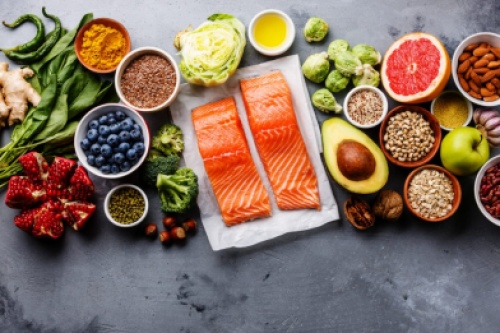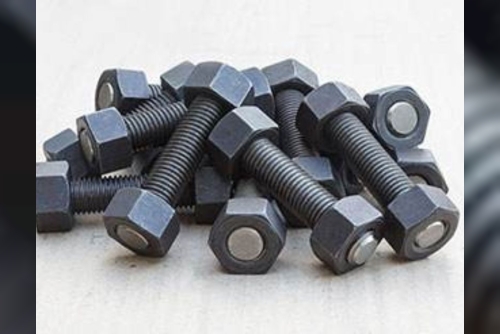Snacking can and should be a part of any nutritious meal plan. Here's how to make it healthy.
The word "snack" usually conjures up images of cookies, chips and even candy. But snack food doesn't have to mean "junk food." What's more, nutritious, well-planned snacks can be a vital part of your meal plan.
Why not think about snacks as nutritious, planned "mini-meals" and not just junk food? Most growing children need more quality nutrients than they normally eat during a day's worth of meals. And unless you are eating three very well balanced meals, snacks can give an extra daily nutrition boost to adults, too.
Simple snack suggestions
Start by talking to the whole family about the snack suggestions
below. Pick your favorite ideas, type up your own list and pin it onto
the fridge. Then stock up on your choices so they will be ready-made and
at your fingertips.
Mixed food ideas
A good after-school or in-between meal snack should include fruits
and/or vegetables, but also a little protein and whole grain to help
stave off hunger until dinner:
Fruits and veggies
Many kids will surprise you and eat raw fruits and veggies, especially
when they are hungry. After school or right before dinner is the best
time to "sneak" them in.
The key is to make healthy snacks visible and appealing. Without saying a word, place a veggie tray near your kids when they are busy doing homework or playing before dinner. Then watch the food disappear. Don't forget to munch on them yourself while you are cooking!
Use colorful veggies, such as cherry tomatoes, yellow and red peppers, sliced cucumber, carrot and celery sticks and sugar snap peas.Make a creamy vegetable dip. Mix your favorite dry salad dressing mix into plain Greek yogurt to make a great tasting low-fat dip.Leave apples, plums, nectarines or peaches in a bowl in the kitchen.Cut up cantaloupe or watermelon and leave in a clear container in the fridge.Put firm grapes and orange wedges out on a plate after dinner or at snack time.Pure crunch
If you're really in the mood for something crunchy and salty, stick with
foods that don't have hydrogenated fats and are free of food dyes.
Sweet treats
If your sweet tooth strikes, go for natural sugar from fruit. Otherwise,
stick to foods that come in one-serving packages to prevent
overindulgence. Try:
Keep in mind that foods like chips and cookies are fine to snack on once in a while. But if you get into the habit of serving and eating nutritious snacks most of the time, you'll be helping yourself at Tadalafil, and your kids, establish healthy patterns for a lifetime.
















